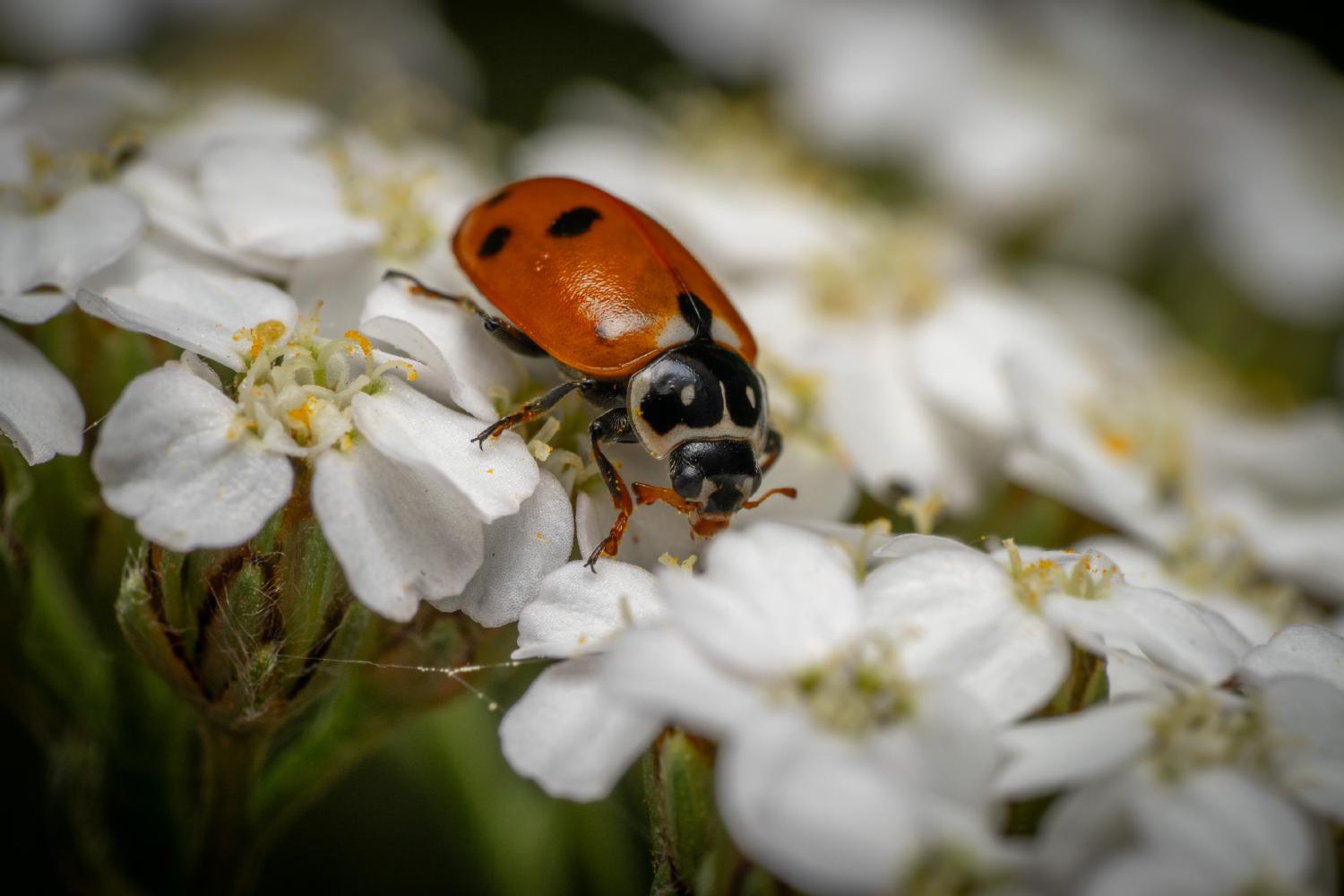Seven-spotted Lady Beetle
Lat. “Coccinella septempunctata“
species
of family
“Lady Beetles“
1 species
The seven-spot ladybird, scientifically known as Coccinella septempunctata, is a species that primarily feeds on aphids but also consumes other insects such as Thysanoptera, Aleyrodidae, Psyllidae, Cicadellidae, and the eggs and larvae of certain beetles and butterflies. They breed once or twice a year and hibernate in various locations such as ground litter, tree bark, and rocks. Their ecological range is broad, encompassing meadows, fields, forests, and other habitats where aphids are present. However, in the UK, there are concerns that the harlequin ladybird is outcompeting the seven-spot ladybird for food. These ladybirds have distinctive spots and bright colors that serve as warning signals of their toxicity to predators. They can secrete a foul-tasting fluid when threatened and may also play dead for protection. The size and coloration of their spots can indicate the level of toxicity they possess. Coccinella septempunctata can be found in various regions globally, including Europe, North Africa, Australia, and Asia.
Biology
Although C. septempunctata larvae and adults mainly eat aphids, they also feed on Thysanoptera, Aleyrodidae, on the larvae of Psyllidae and Cicadellidae, and on eggs and larvae of some beetles and butterflies. They breed one or two generations per year. Adults overwinter in ground litter in parks, gardens and forest edges and under tree bark and rocks. C. septempunctata has a broad ecological range, generally living wherever there are aphids for it to eat. This includes, amongst other biotopes, meadows, fields, Pontic–Caspian steppe, parkland, gardens, Western European broadleaf forests and mixed forests. In the United Kingdom, there are fears that the seven-spot ladybird is being outcompeted for food by the harlequin ladybird.
An adult seven-spot ladybird may reach a body length of 7.6–12.7 mm (0.3–0.5 in). Their distinctive spots and conspicuous colours warn of their toxicity, making them unappealing to predators. The species can secrete a fluid from joints in their legs which gives them a foul taste. A threatened ladybird may both play dead and secrete the unappetising substance to protect itself. The seven-spot ladybird synthesizes the toxic alkaloids, N-oxide coccinelline and its free base precoccinelline; depending on sex and diet, the spot size and coloration can provide some indication of how toxic the individual insect is to potential predators.
Distribution
The species can be found in Europe, North Africa, Australia, Cyprus, European Russia, the Caucasus, Siberia, the Russian Far East, Belarus, Ukraine, Moldova, the Transcaucasia, Kazakhstan, Middle Asia, Western Asia, Middle East, Afghanistan, Mongolia, China, North and South Korea, Pakistan, Nepal, North India, Japan, Sri Lanka, southeast Asia, and tropical Africa.
External links
Media related to Coccinella septempunctata at Wikimedia Commons Data related to Coccinella septempunctata at Wikispecies

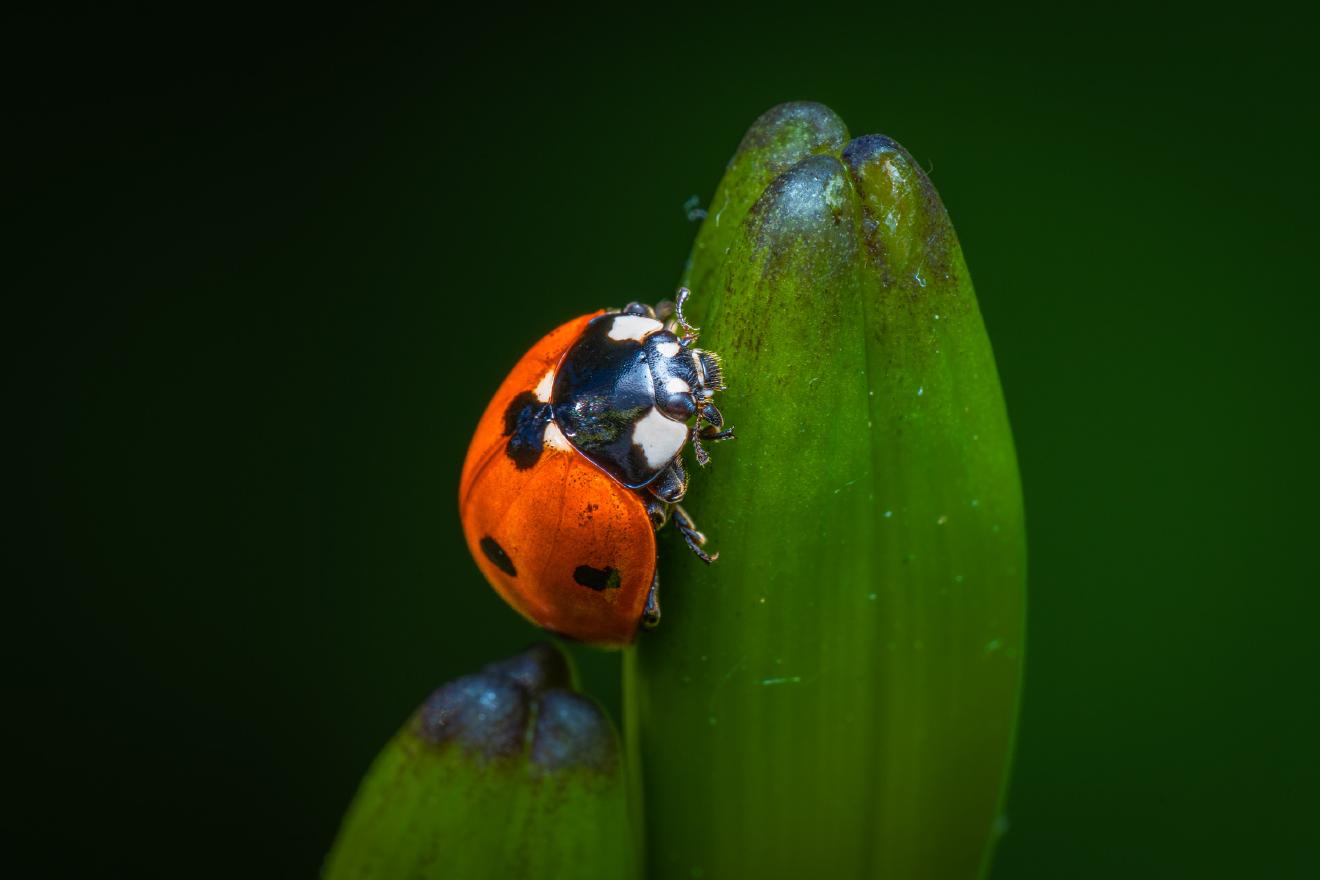

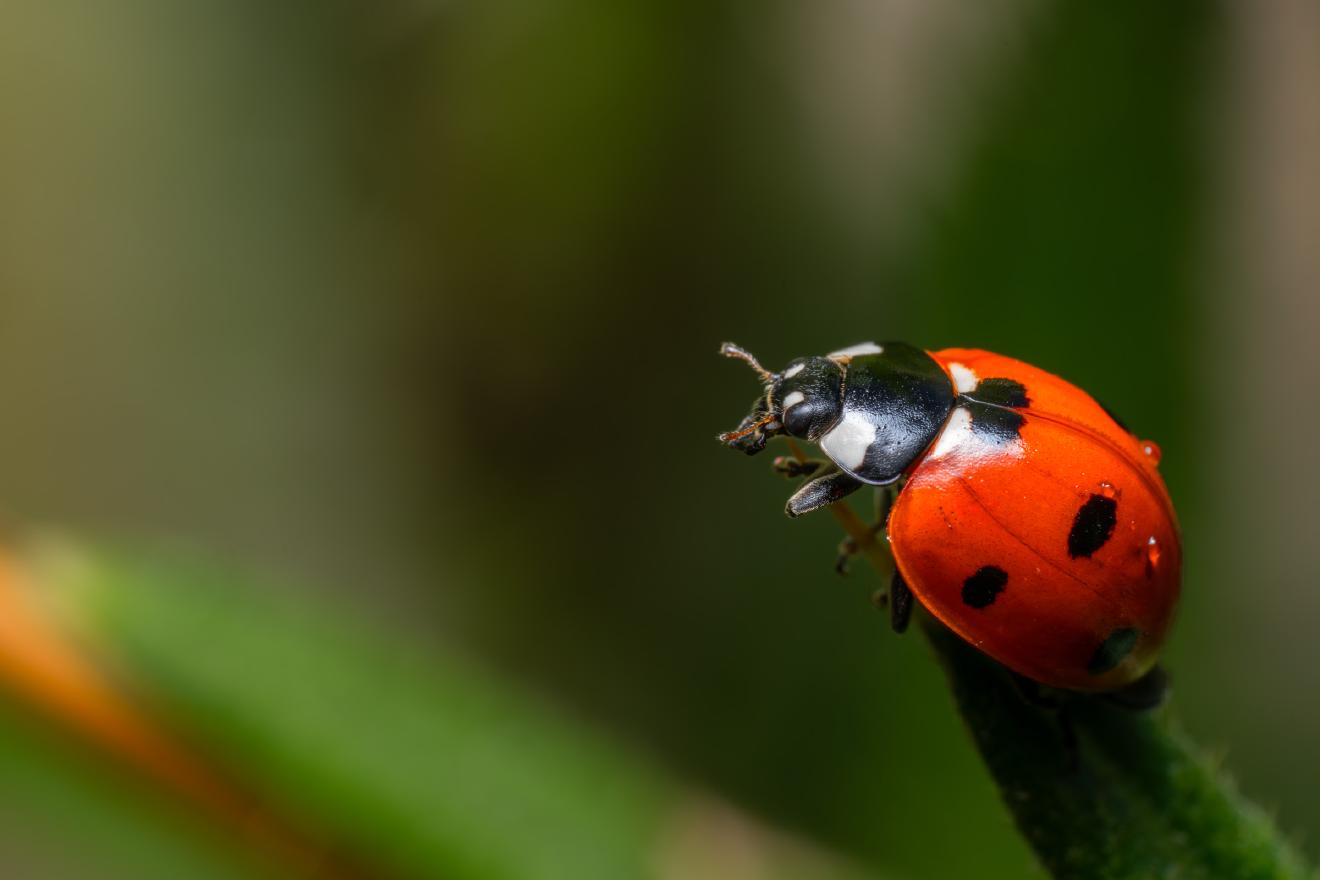
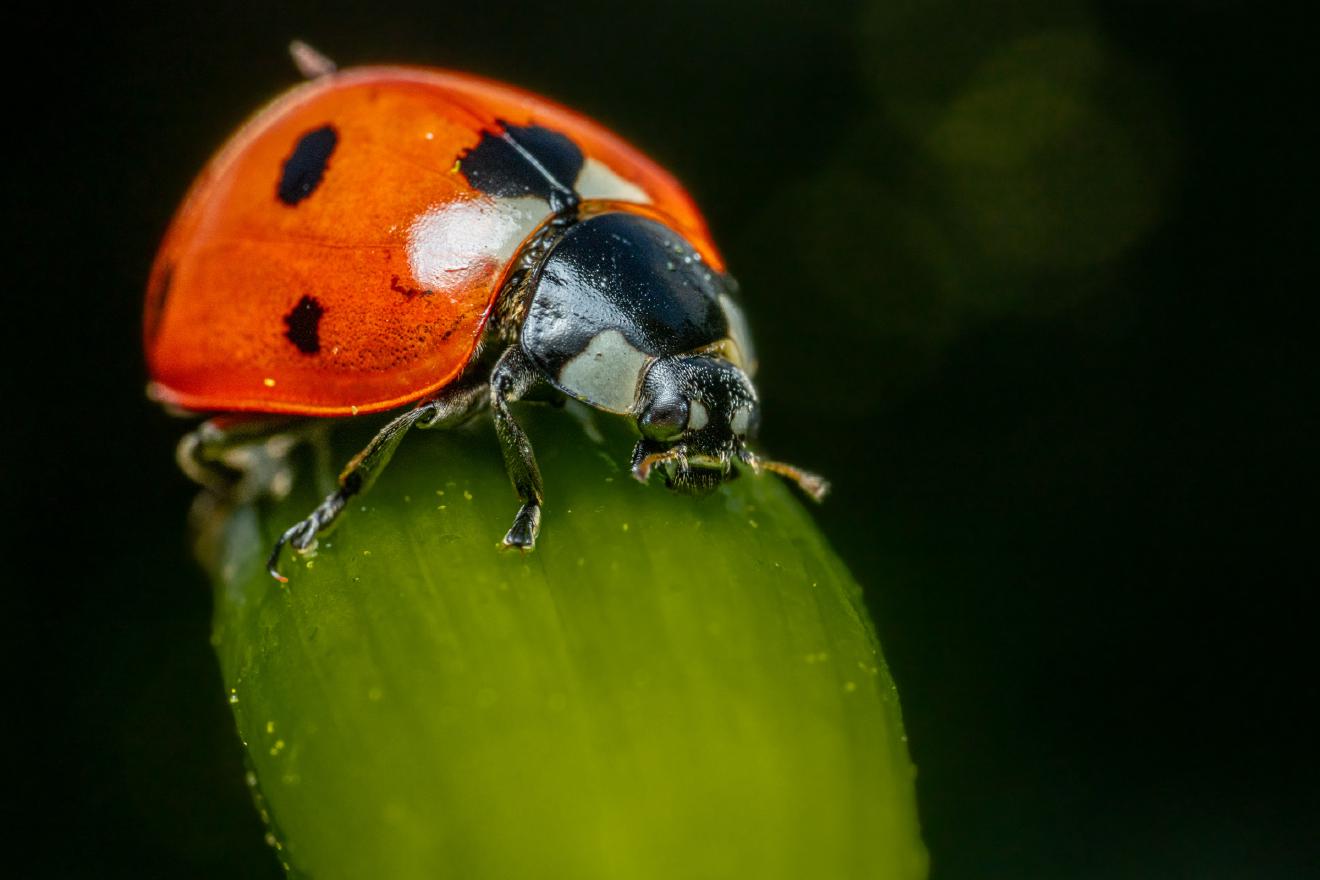




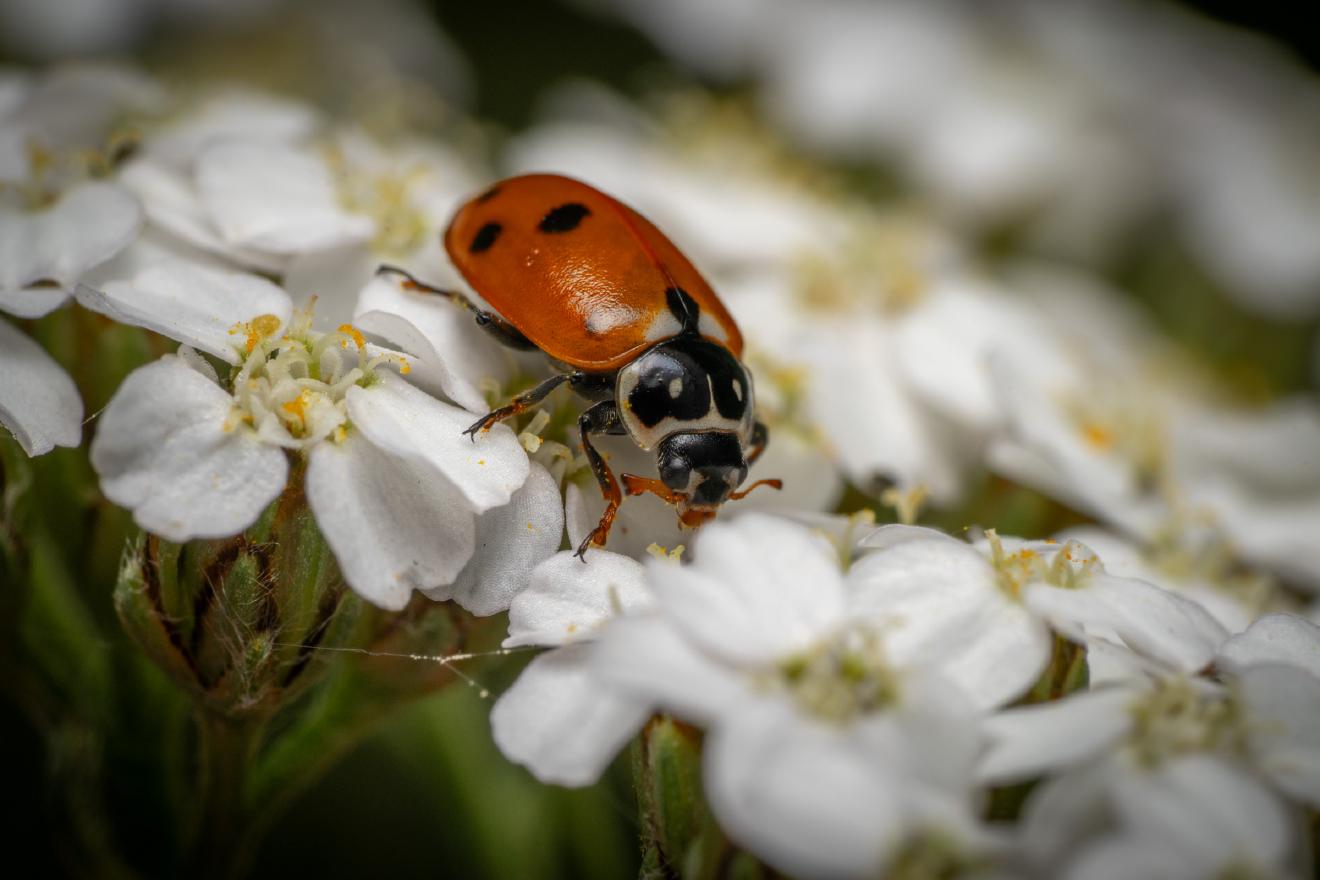
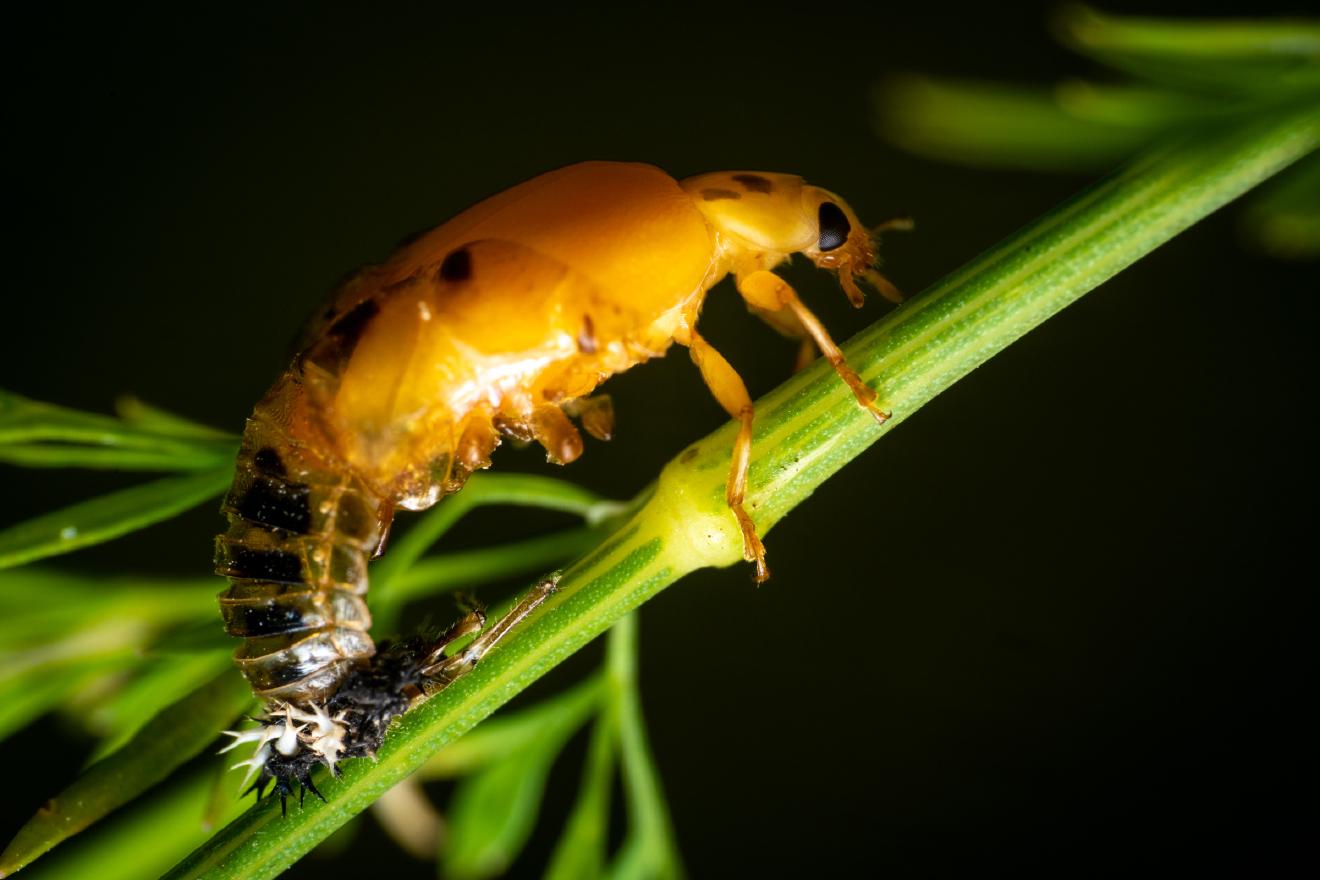


Ancestry Graph
Further Information
Copyright

This article uses material from the Wikipedia article Coccinella septempunctata the free encyclopedia Wikipedia which is released under Creative Commons Attribution-ShareAlike 4.0 International License). On Wikipedia a list of authors is available.
